Daylight savings time (DST) is a practice that involves setting clocks ahead by one hour during the spring and summer months to push sunset and darkness farther back. So, in the fall months, the time is pushed back an hour, and time is pushed an hour ahead in spring. The practice is very common throughout the United States, but not every place in the country observes it. Discover the U.S. territories and states that don’t observe daylight savings time and why that’s the case!
1. Arizona

The state of Arizona has not observed daylight savings times since 1968.
©mdesigner125/iStock via Getty Images
Arizona is first on our list of territories and states that don’t observe daylight savings time. Although the state did observe daylight savings time in 1967 because the state legislature did not provide an exemption that year, the state has not observed it since 1968. However, Arizona did observe daylight savings time before World War II.
So, why doesn’t Arizona want to spring forward and fall back? The reason is simple. This state does not need an extra hour of sunlight during its blazing hot summers. In fact, by cutting out an extra hour when people are active at work during the blistering heat, many businesses save energy and money by not having to use air conditioning.
The Navajo Nation observes daylight savings time, though. That area stretches between Utah, Arizona, and New Mexico. By embracing DST, the entire nation runs on a consistent time no matter where its residents are living.
2. Hawaii
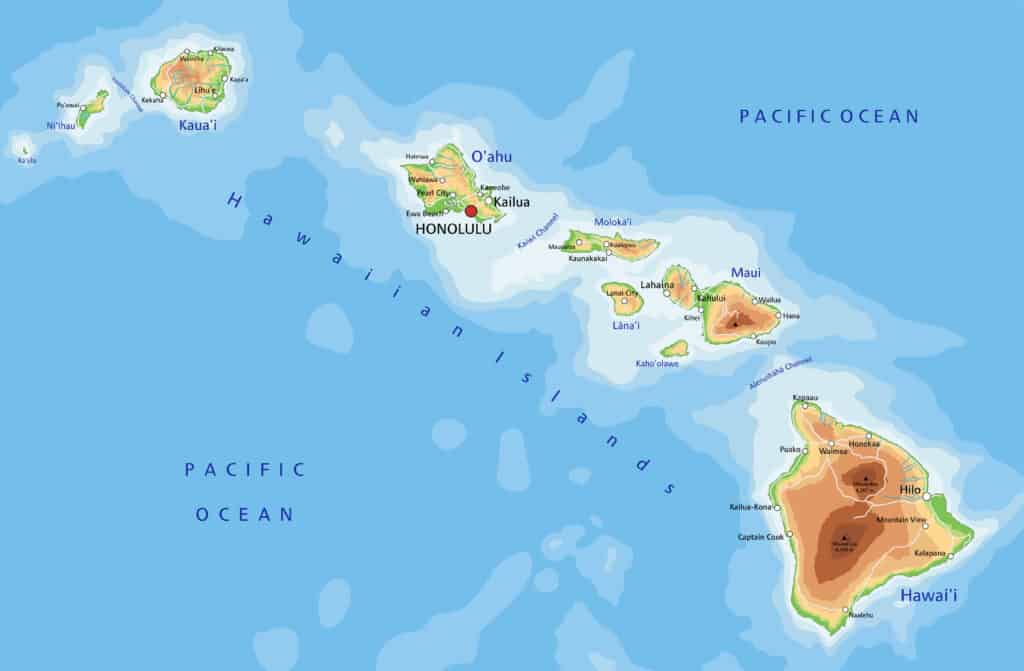
There would be little benefit to Hawaii so they do not observe daylight savings time.
©Bardocz Peter/Shutterstock.com
Hawaii is another state that does not currently observe daylight savings time. Instead, the state observes a consistent time schedule throughout the year. Given the state’s latitude, the length of day and night does not change very much in the winter and summer. So, the state would not reap any benefits from using DST. Hawaii’s legislature introduced a bill to bring DST to the state back in 2011, but it did not pass.
3. Puerto Rico
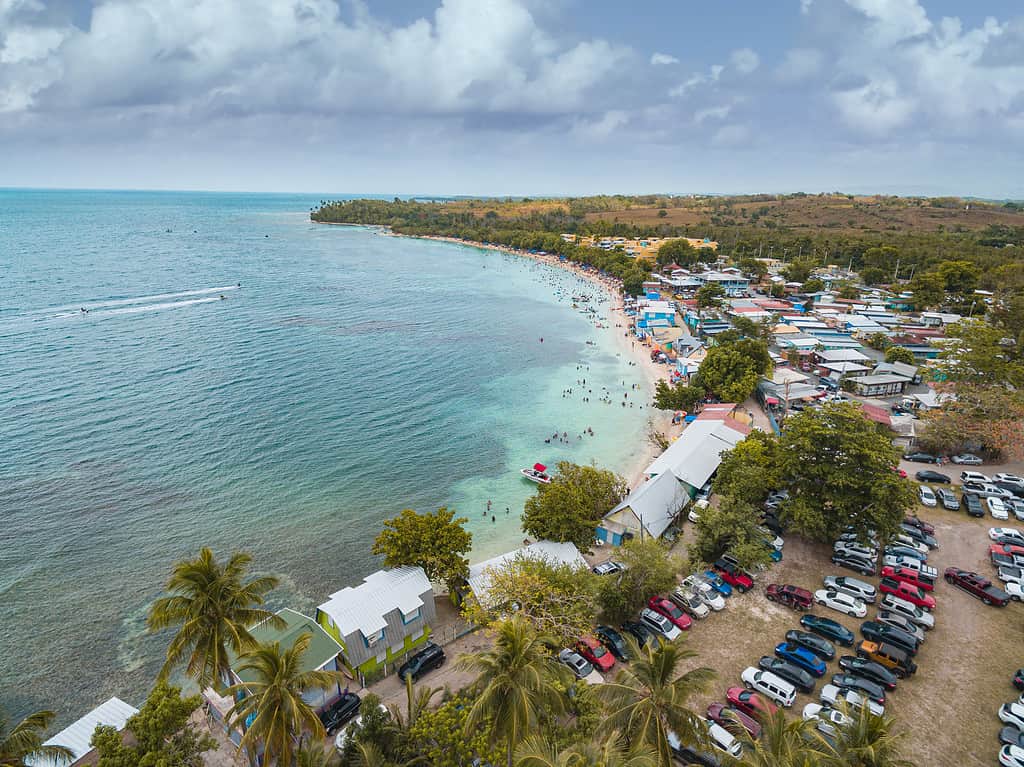
Another state that doesn’t observe daylight savings time is Puerto Rico.
©iStock.com/Javier_Art_Photography
Puerto Rico is an unincorporated territory of the United States. The island is another entry on our list of territories and states that don’t observe daylight savings time. Much like Hawaii, Puerto Rico does not observe DST because it would not make a significant difference in the amount of daylight the island receives. As a result, Puerto Rico uses Atlantic Standard Time throughout the year.
4. American Samoa
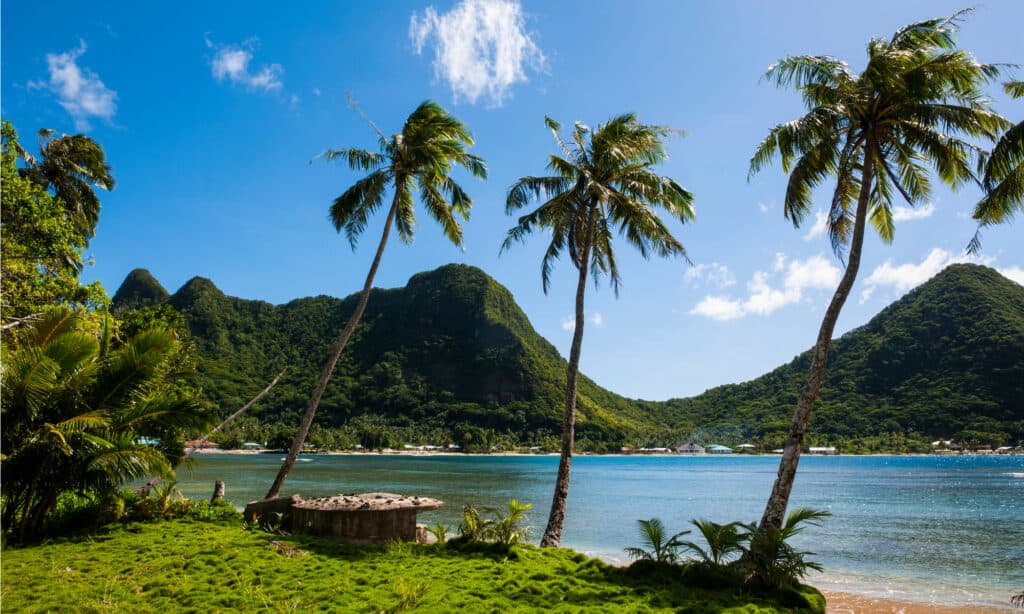
The territory of American Samoa observes Samoa Standard Time throughout the year.
©Danita Delimont/Shutterstock.com
American Samoa is a territory of the United States. This series of islands is in the South Pacific Ocean, just east of the International Date Line. This territory does not follow daylight savings time because it is in the southern hemisphere. So, time in this territory would go back an hour in the spring and go forward an hour in the spring. These actions would not be sensible in keeping with the goals of DST. So, this territory does not observe the change in time. Instead, the country keeps with Samoa Standard Time, UTC/GMT-11 hours.
5. Guam

The island of Guam uses Chamorro Standard Time throughout the year.
©ijeongyeun/Shutterstock.com
Guam is an island territory of the United States in Micronesia. This area is in the Western Pacific, far east of the Philippines. Guam did observe daylight savings time between 1959 and 1977. However, the territory only observed it irregularly. In August 1977, Guam gave up on changing its time each year. Now, the territory uses Chamorro Standard Time (ChST) throughout the year. Given the territory’s latitude, the island would probably not benefit from using DST.
6. U.S. Virgin Islands
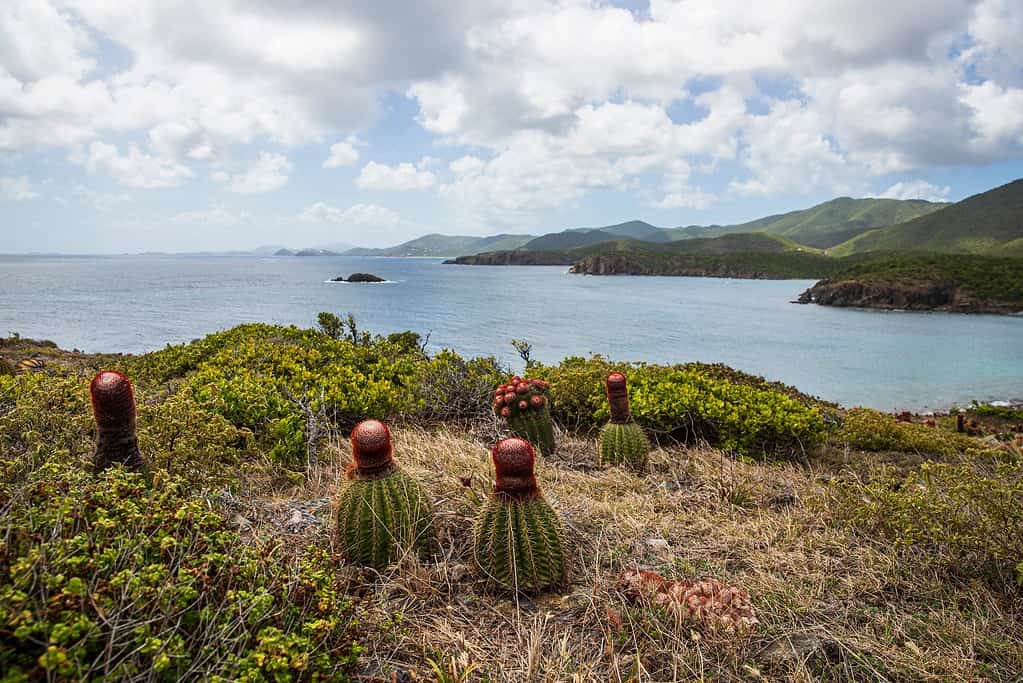
Given the latitude of the U.S. Virgin Islands, they would gain no benefit from observing daylight savings time.
©BlueBarronPhoto/Shutterstock.com
The U.S. Virgin Islands are another one of the U.S. territories and states that don’t observe daylight savings time. The U.S. Virgin Islands are in the Caribbean Sea, southeast of Puerto Rico. Like Puerto Rico, the territory’s latitude would make implementing the DST mostly useless in this part of the world. So, the Virgin Islands have not adopted daylight savings time. This territory observes Atlantic Standard Time throughout the entire year.
7. Northern Mariana Islands
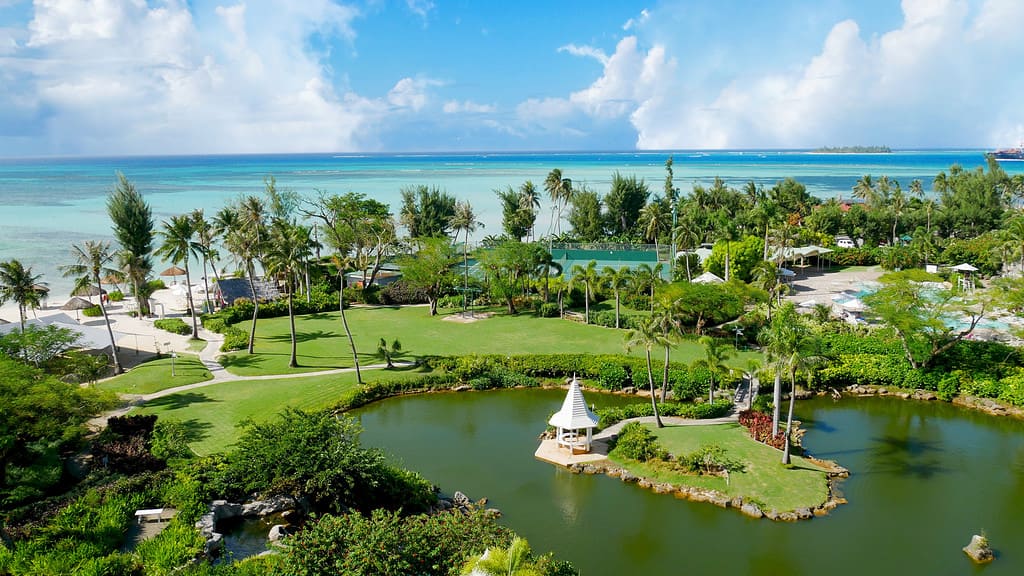
Chamorro Standard Time is used throughout the year in the Northern Mariana Islands.
©iStock.com/raksybH
The Northern Mariana Islands are a U.S. commonwealth in the Western Pacific. The islands comprising this territory stretch north of Guam. Like Guam, these islands do not observe daylight savings time. Instead, this territory stays on Chamorro Standard Time (ChST) like Guam.
All in all, there are 7 different territories and states that don’t observe daylight savings time. In many of the cases, the change in time would not offer any benefit to the territory because of its location near the equator or in the southern hemisphere. Other territories and states have people who would rather not have an extra hour of extra-hot daytime weather in the summer months. A new piece of legislation could end DST for good in the United States, but it has not yet been enacted.
Summary of the U.S. Territories and States That Don’t Observe Daylight Savings Time
| Rank | State or Territory |
|---|---|
| 1. | Arizona |
| 2. | Hawaii |
| 3. | Puerto Rico |
| 4. | American Samoa |
| 5. | Guam |
| 6. | U.S. Virgin Islands |
| 7. | Northern Mariana Islands |
The photo featured at the top of this post is © Rawf8/iStock via Getty Images
Thank you for reading! Have some feedback for us? Contact the AZ Animals editorial team.







